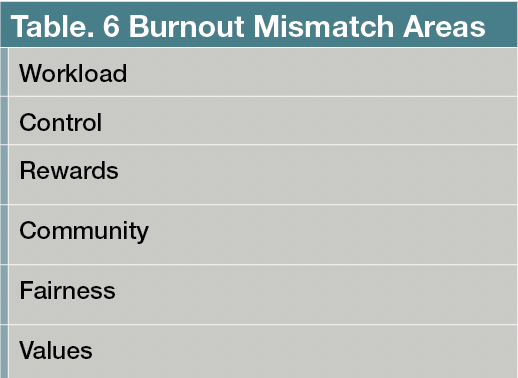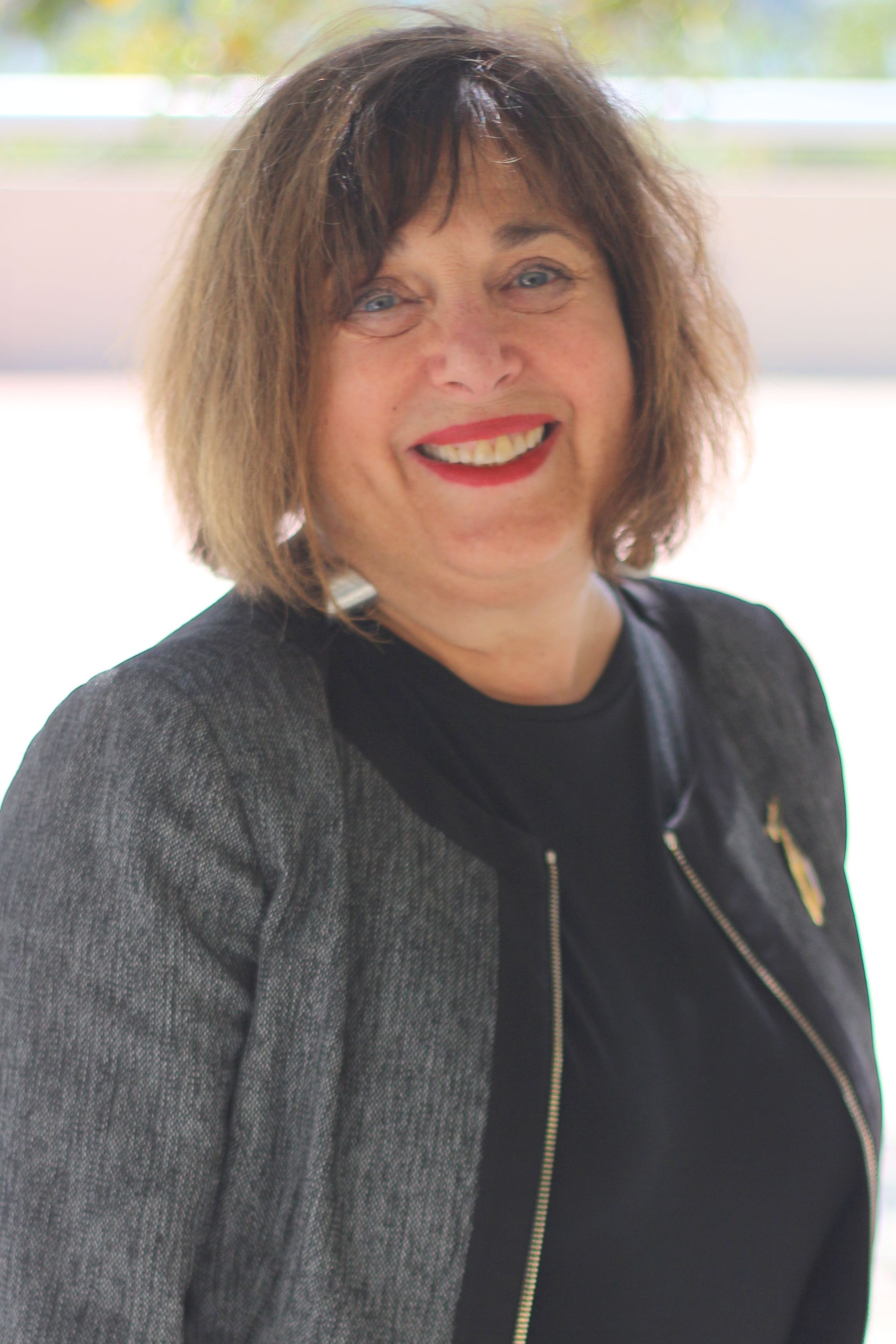Article
The Burnout Challenge: Managing People’s Relationships with Their Jobs
Author(s):
Are we burning out about burnout?
The Burnout Challenge: Managing People’s Relationships with Their Jobs by Christina Maslach and Michael P. Leiter

BOOK REVIEW
The Burnout Challenge: Managing People’s Relationships with Their Jobs
by Christina Maslach and Michael P. Leiter
Harvard University Press, 2022; 260 pages
Reviewed by H. Steven Moffic, MD
We seem to have entered a time when there is burnout about burnout! In other words, burnout seems to be becoming an accepted normality, perhaps in a kind of learned helplessness. Remember the legendary experiment of throwing a frog into a vat of water? If the water was boiling, the frog will jump right out. If it is slowly heated, the frog will stay and slowly be cooked to death.
No learned helplessness surprise, then, that when this important book came out late 2022, its release did not make enough of a splash in that vat of water. I did not even know about it, despite having burned out myself a decade ago. I then retired and later became a coeditor of the book, Combating Physician Burnout: A Guide for Psychiatrists.
Although it can be said that we are still trying to combat physician burnout, the effort seems to have lost steam, at least in terms of trying to change the system—the major cause of burnout. At the recent annual meeting of the American Psychiatric Association (APA) in San Francisco, like many current endeavors to reduce physician burnout, there was a focus on what the individual psychiatrist can do to help their own well-being. New this year was The Mind & Body Pavilion, which focused on 3 C’s: calming, by licensed therapists to relieve tension in the upper body; create, by painting; and challenge, with friendly game competition.
For physicians, including psychiatrists, burnout remains at an epidemic level, and has only increased over the pandemic years, keeping us, I believe, at the top of the burned out workers list. Though not the sole—or even main—focus of this book, physicians and the health care workforce are often featured.
Maslach and Leiter have been the recognized experts about burnout ever since it entered our collective consciousness in the 1970s. The Maslach Burnout Inventory (MBI) is the most popular tool to assess personal burnout. Since then, however, and more than justifying this volume, burnout has spread beyond physicians and other health care workers to other workplaces in the United States. Service workers have been particularly at risk.
In my own research about the spread of burnout, in mid 2022, when the job market was booming, the Federal Reserve conducted a study and interviewed 168 noncollege workers and job seekers. They shared personal stories about their work experiences and barriers to working. Most concerning was not feeling agency or dignity in the decisions being made at the workplaces. Hiring managers were stretched thin at the same time. Common was the desire to start their own companies because of the burnout.
Though not covered in this volume, we now know that it has also spread to the home place, with undue obstacles to overcome in raising children. Probably, at least during the pandemic, it also occurred in educational settings, which had to try to overcome the difficulties of Zoom learning. So many students are now behind, and some psychiatric symptoms are particularly increased in that age group.
I read this book on the long and packed flight home from San Francisco to Chicago after the APA Annual Meeting. Perhaps that was a burning out empathy experience. Most anyone who flies nowadays probably seems to feel at least temporarily burned out after going through the entire arduous process of getting to the airport, then to your gate, onto your packed plane, and to wherever you are ultimately going. It could be tried as an Olympic sport!
Adding up all the burnout situations presents a scenario of a burned out America, does it not? No wonder we seem more irritable, lonely, and subject to cultish thinking.
A new update in this book is the very concept of burnout. It certainly is not due to individual vulnerability, and though the system contributes most of the risk, it is not just the system. It is a relationship, the authors contend, a social relationship. Like any relationship, it can fluctuate in the intensity of its characteristics of emotional exhaustion, cynicism, and a sense of ineffectiveness. If my memory is correct, the appropriate addition of the word crushing to exhaustion, as in crushing exhaustion, is new.
Table. 6 Burnout Mismatch Areas

Again, like any developing relationship, challenging mismatches can emerge. In regard to burnout, those mismatches are broken down into 6 areas (Table). Moreover, in my mind, just like the best matchmakers and dating services, or as in couples therapy, ways to create better matches are presented. The Appendix, which by itself will be of value to most anybody in our field and anybody at risk for workplace burnout, provides a process of “assessing your own relationship with work.”
Two specific recommendations especially caught my attention. One is how a health care team in a medical clinic increased their internal social support. Nicknamed the “cuddle huddle,” it included a quick check on starting the workday by briefly discussing how all the team was doing and whether any adjustments to the day needed to be made. That reminded me some of the inspirational huddle that football teams make right before their game starts. I have advocated for more administrative love in psychiatric settings, and this is one way to practically show and do that.
The second, which also is a preventive strategy, is a take-off on the annual physical check-up, but in this case an organizational check-up that tries to answer this question: “What can we do to get to a place that is better than where we are now?”
The solution, the authors advise, must fit the unique circumstances of a particular workplace. Prevention is so important, in part, because it seems so difficult to reduce burnout once it becomes ingrained in a system.
The authors seem to be realistically optimistic that burnout can be better addressed. As we come out of this pandemic of social distancing, “we must now come together in a psychological partnership for the common good, so that we help all people achieve better health and well-being, both at work and home.”
There seems to be a window of opportunity now to revive the embers of our passions, especially from what we have discovered about the potential benefits and drawbacks of Zoom alternatives of interaction, telepsychiatry, and digital apps. We need systems that support our development, not block our potential. As we test the transition temperature of the postpandemic workplace, let’s not be lulled to sleep once again.
Dr Moffic is an award-winning psychiatrist who has specialized in the cultural and ethical aspects of psychiatry. A prolific writer and speaker, he received the one-time designation of Hero of Public Psychiatry from the Assembly of the American Psychiatric Association in 2002. He is an advocate for mental health issues related to climate instability, burnout, Islamophobia, and anti-Semitism for a better world. He serves on the Editorial Board of Psychiatric Times.






